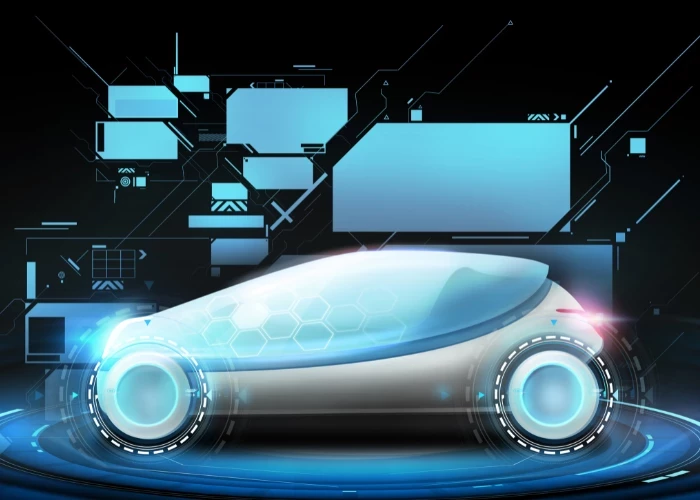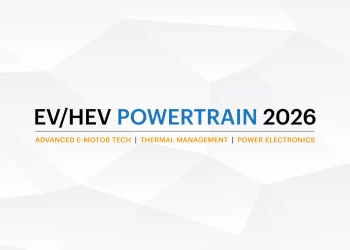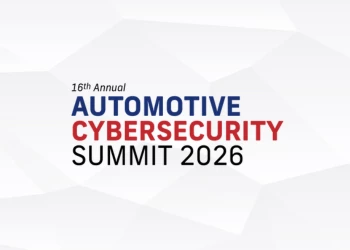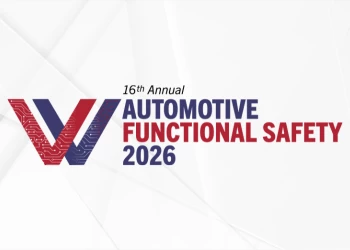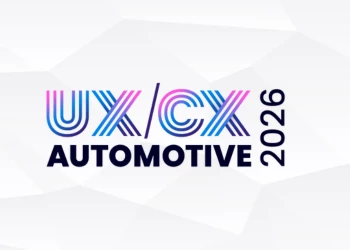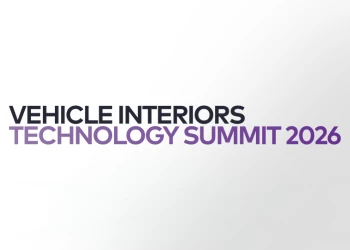
In this interview, Swapnil Sawant, Founder and CEO of Tvisi Motors Limited, explores the concept of Software-Defined Hydrogen Vehicles (SDHVs) and how they differ from traditional hydrogen-powered commercial vehicles. He offers insights into a technology he describes as a "game-changer" for fleet-based hydrogen adoption, and highlights the critical role that telematics and AI play in enabling the full potential of SDHVs.
Automotive IQ: What are Software-Defined Hydrogen Vehicles, and how do they differ from traditional hydrogen-powered commercial vehicles?
Swapnil: Traditional hydrogen vehicles are largely hardware-centric, designed with fixed architectures that can’t evolve rapidly. A software-defined hydrogen vehicle (SDHV), on the other hand, decouples critical control systems from hardware. It uses centralised computing and real-time software updates to adapt powertrain behavior, fuel usage, and performance optimisation dynamically.
For commercial fleet operators, this means:
- Modular and upgradeable systems through over-the-air (OTA) updates.
- Optimised hydrogen consumption based on driving patterns, route, load, and environmental conditions.
- Intelligent thermal and energy management, reducing hydrogen usage and improving system life.
Tvisi Motors is pioneering the application of SDHV for light commercial vehicles (LCVs) such as delivery vans, postal vehicles, and municipal service fleets.
Automotive IQ: Why is this technology a game-changer for fleet-based hydrogen adoption?
Swapnil: Fleet operators often hesitate to adopt hydrogen due to concerns about vehicle adaptability, infrastructure constraints, and high upfront costs. Our SDHV platform addresses these pain points by delivering:
- Smart Hydrogen Usage – Vehicles intelligently determine when to switch between battery and hydrogen fuel cell power, maximising efficiency.
- Predictive Diagnostics – Continuous monitoring of fuel cell health, hydrogen tank pressure, and drivetrain allows fleets to reduce unplanned downtime.
- Remote Configurability – Fleets can deploy specific power profiles for urban vs. highway delivery from a central fleet management platform.
Unlike conventional hydrogen vans, our software-defined approach makes each vehicle a data-driven asset, adaptable over time rather than outdated after deployment.
Automotive IQ: What use cases are best suited for software-defined hydrogen commercial vehicles?
Swapnil: We’ve identified high-value fleet applications such as:
1. Urban and Intercity Parcel Delivery – Software-defined routing maximises range by balancing battery and hydrogen use.
2. Utility & Maintenance Fleets – Vehicles operate across varied terrains and duty cycles, requiring adaptable energy strategies.
3. Cold Chain Logistics – Real-time thermal management optimises auxiliary power for refrigeration, improving hydrogen efficiency.
Our SDHV platform allows operators to customise performance based on route, load, and time of day - capabilities that fixed-function EVs or traditional FCEVs simply cannot match.
Automotive IQ: What role does telematics and AI play in your SDHV platform?
Swapnil: Software is the brain of our hydrogen vehicle. We’ve built a cloud-connected control system that enables:
- Real-time fuel cell diagnostics.
- AI-based route planning to reduce fuel usage.
- Over-the-air feature upgrades (e.g., eco-modes, driver behavior tuning).
- Integration with fleet management and ADAS systems for enhanced safety and logistics optimisation.
In essence, our vehicle gets smarter over time, and that’s a major win for TCO, compliance, and performance.
Automotive IQ: : How does this align with evolving zero-emission and fleet decarbonisation regulations?
Swapnil: The UK’s ZEV Mandate, EU's Fit-for-55, and California's ACT all demand scalable, zero-emission fleet technologies. Software-defined hydrogen vehicles are:
- Fully compliant with ZEV definitions.
- Capable of adapting to new regulatory requirements through software—eliminating expensive hardware overhauls.
- Ready for autonomous logistics transition, thanks to deep integration with digital control platforms and ADAS.
SDHV architecture helps future-proof fleet investments and supports digital homologation frameworks being piloted across Europe and North America.
Automotive IQ: From a cost perspective, how do SDHVs compare to traditional electric or hydrogen options?
Swapnil: Tvisi Motors' SDHV platform delivers superior value over the vehicle's lifecycle:
- Lower fuel costs via AI-optimised energy management.
- Reduced maintenance due to predictive software and minimal mechanical complexity.
- Configurable service models - fleet operators can unlock premium features (like autonomous docking or geo-fencing) via subscription-based upgrades.
In combination with government incentives and hydrogen subsidies, our SDHV-equipped vans offer payback within 3–5 years, particularly for high-utilisation fleets.
Automotive IQ: What’s next for Tvisi Motors?
Swapnil: We’re entering an exciting phase of innovation and scaling. Our next major milestone is the launch and pilot of a 7.5-tonne hydrogen truck in the United States next year, which will be the world’s first Software-Defined Hydrogen Vehicle in this category.
This truck will showcase:
- Scalable architecture for larger commercial platforms.
- Enhanced AI-driven control systems for long-haul and urban logistics.
- Seamless software integration with future hydrogen infrastructure and autonomous driving capabilities.
This marks a bold step forward in redefining what’s possible for hydrogen mobility -not just cleaner vehicles, but smarter, software-upgradable fleets designed for tomorrow’s logistics.
